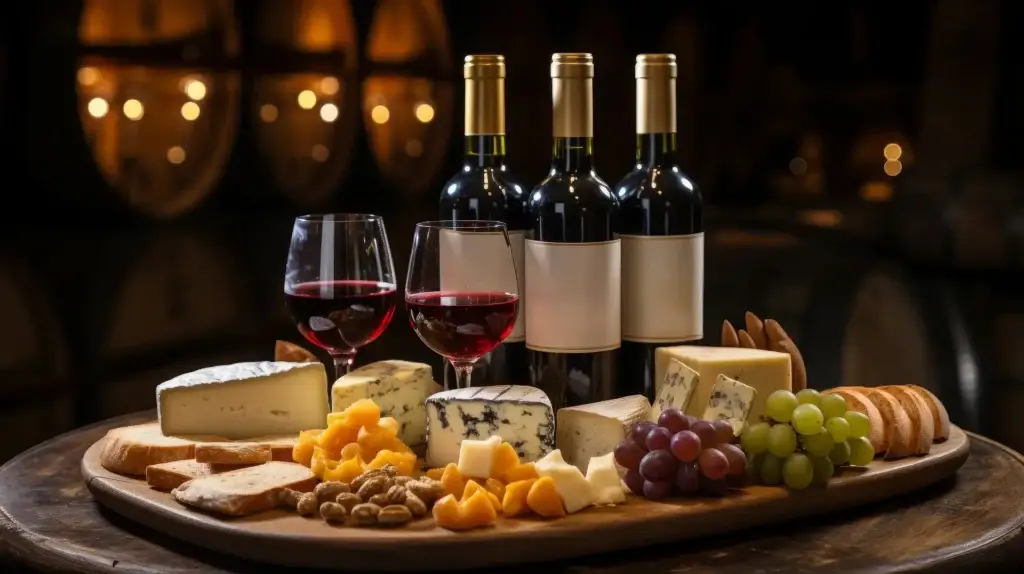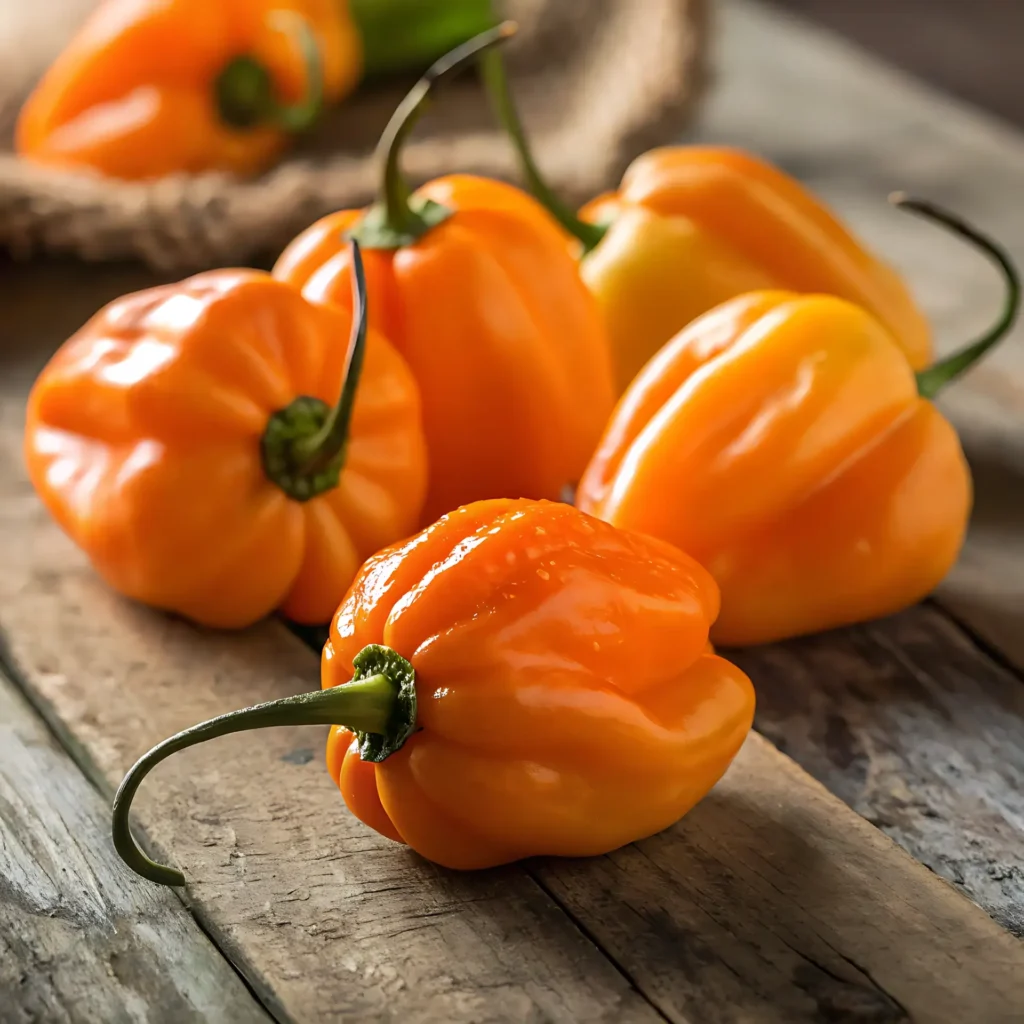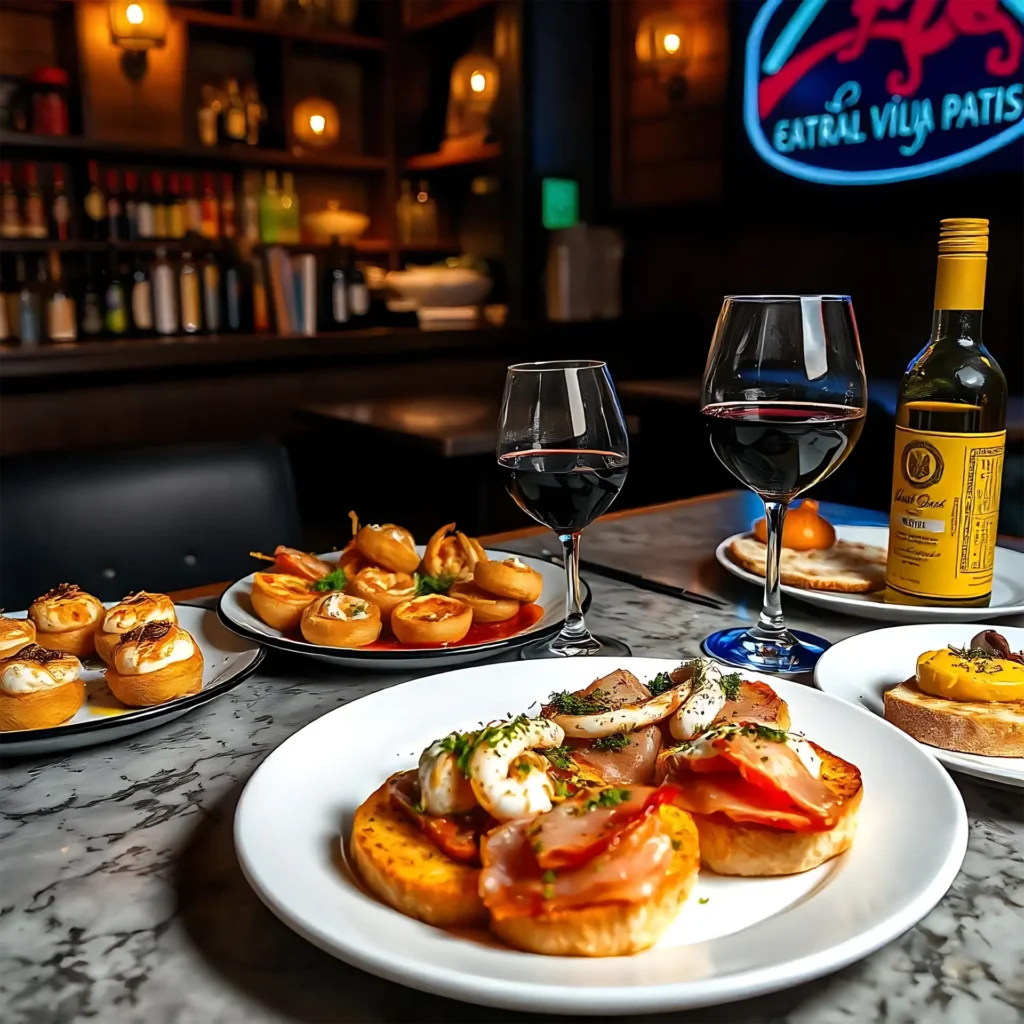The pairing wine and food not only is it a skill dining valuable, but a way of turning any meal into an unforgettable experience. For those who wish to stand as a host or expand their knowledge of wine, master the art of pairing is essential. Here, we present the 5 key steps to become an expert, including practical advice, real-world examples and advanced strategies to take your knowledge to the next level.
1. To study the fundamental characteristics of the wine
It all starts with a deep understanding of the elements that make up the wine. To know how to interact with the properties of the wine with the food is the foundation of a good marriage.
Acidity
A crucial factor in the wine, the acidity acts as a cleanser of the palate. Wines such as Sauvignon Blanc or Chianti are ideal for dishes high in fat, such as balancing flavors and offer freshness.
Tannins
The tannins provide a feeling of dryness that can be attenuated by protein or fat. Therefore, wines, such as Cabernet Sauvignon work great with red meats or aged cheeses.
Body
The body of the wine, whether light, medium or robust, it must be compatible with the density of the plate. A light wine, such as Pinot Grigio pairs well with seafood, while a Syrah robust complements dishes blunt.
Sweetness and alcohol
The sweetness balances the spicy dishes and desserts, while the alcohol potency intense flavors. It is key to find a balance to avoid that one dominates the other.
Identify and analyze these features will allow you to create combinations that will surprise the palate.
2- Master the basic principles of food pairing
The pairing is not only a matter of intuition; it follows well-established principles. There are two main approaches: complement and contrast.
Pairing complementary
These seek to pair the food and wines with similar profiles. For example:
- A white wine, creamy Chardonnay goes perfectly with dishes with sauces, buttery, or creams.
- Red wines with spicy notes, such as Tempranillo, complements stews and spiced.
Pairings for contrast
This approach creates balance by combining features opposite. For example:
- The savoury dishes, such as blue cheese, find their ideal partner in sweet wines such as Moscato.
- A wine acid cuts the fat of a dish is rich, like a Riesling with pork in the oven.
Both methods are valid and will depend on the type of experience you want to offer.
3- Identify the flavors key in the food
Each dish has flavors dominant that will guide the choice of the wine. This includes the main ingredients, but also the methods of cooking, spices, and sauces.
Dishes fatty
Foods with high fat content, such as salmon or foie gras, require wines with high acidity or bubbles that refresh the palate. Example: Champagne with smoked salmon.
Dishes acidic or citrus
Wines with acidity similar, such as a Sauvignon Blanc or Albariño, enhance the flavors without opacarlos.
Spice dishes
For dishes with spices intense, as curry or mexican food, opt for wines with notes of sweet and low in alcohol. A Gewürztraminer is ideal for this purpose.
Sweet dishes
The wine should be sweeter than the dessert. The wines, late harvest or fortified as the Porto, they are perfect for chocolates or cakes.
By practicing this identification, you will be able to choose unique combinations and memorable.
4- Explore pairings creative and classic
The pairing combines tradition and innovation. Here are some classic examples that work infallibly, in addition to combinations modern to surprise.
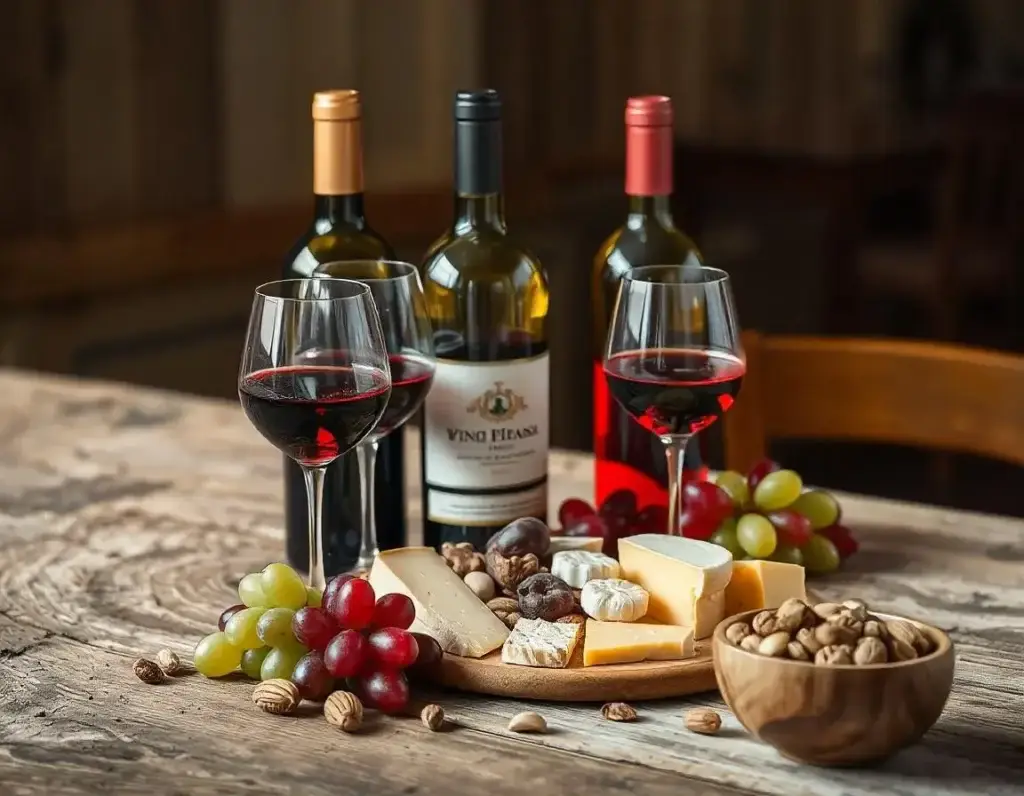
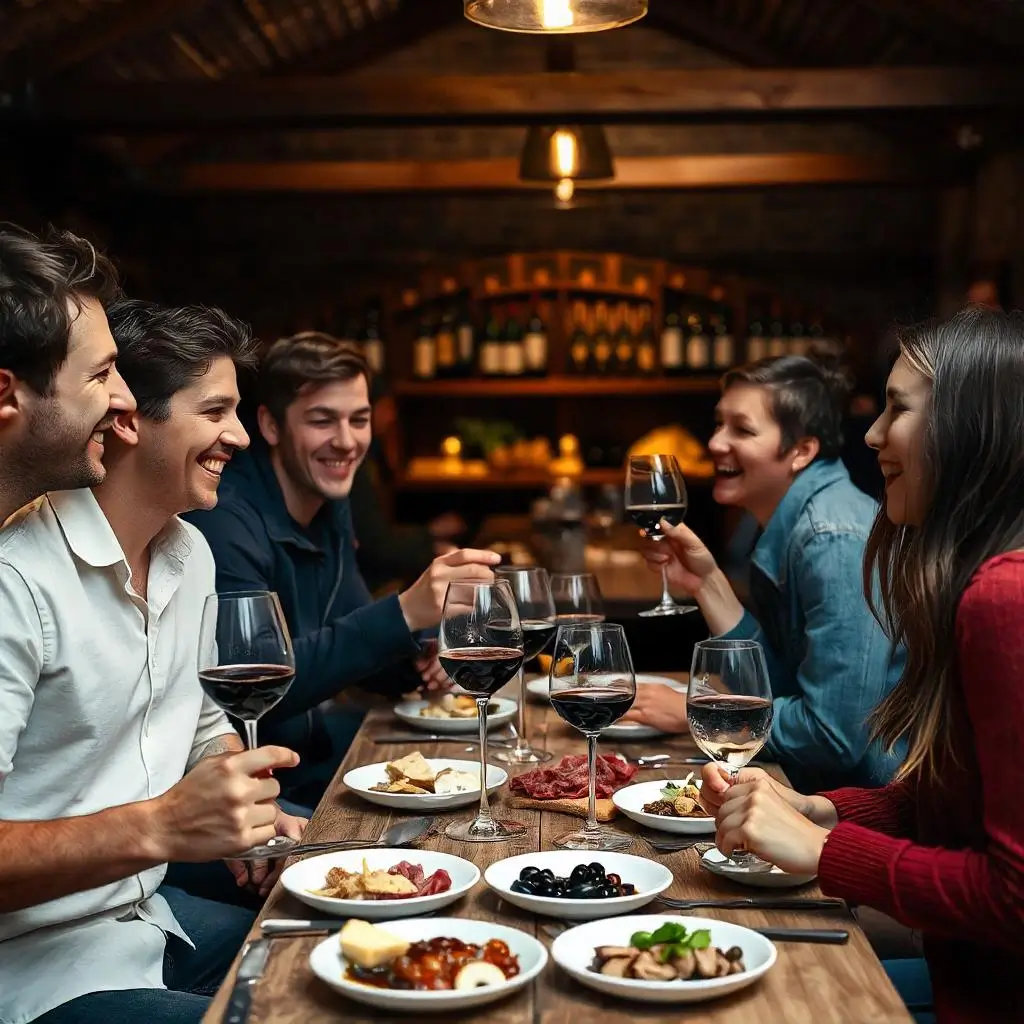
Pairing classic
- Red wine and red meat: The Malbec is an inseparable companion of the argentine asado. Its medium body and fruity notes complement the intensity of the meat.
- White wine and fish: Sauvignon Blanc with oysters is a classic that highlights the freshness and the marina.
- Champagne and appetizers: Its effervescence cleans the palate, making each bite as delicious as the first.
Pairings innovative
- Rosé and asian food: Its fruity notes balance the complex flavors of thai food or japanese.
- Natural wine and fresh cheeses: The Pet-Nat, or wines, natural sparkling wines, are a choice moderna to merge with young cheese such as burrata.
- Wines oranges and spice dishes: These wines macerated offer depth and uniqueness, ideal to experience.
The balance between tradition and creativity will enrich your repertoire.
5- Perfect your technique and personal style
The true art of pairing is in the customization. Here are tips to refine your skills:
Organizes wine tasting theme
Select a topic, such as "wines mediterranean", and he invites friends to try out different combinations. The feedback will be key to improving.
Track your discoveries
Keep a diary of food pairings. Make a note of what worked and why, along with details about the wine and the dish.
Adapts according to the occasion
A pairing for a romantic dinner will be different than one for a family reunion. Considers the preferences and the context to choose wines and food.
Explore new regions, and trends
Discover wines from emerging regions, such as the red wines of South america or whites from Eastern Europe. These options can offer unexpected combinations, and delicious.
The pairing is a dynamic process; do not fear to experiment and develop a unique style.
Final tips to achieve mastery in pairing wine and food
- Invest in education: Attends workshops, wine tasting and sommellerie to fine-tune your senses and expand your knowledge.
- Learn from experts: Follow sommeliers and celebrity chefs to inspire you with their recommendations.
- Practice consistently: The pairing improves with experience. Do not fear to make mistakes; every attempt is a lesson.
The pairing of wine and food is not simply a cooking technique, but a true art that transforms each meal into a unique and memorable experience. Through the combination of knowledge, constant practice and a passion for details, the pairing allows you to discover harmonies perfect between flavors, textures and aromas, making both wine and the dishes that accompany it, will enrich each other. This process, far from being complicated, it becomes a sensory journey that invites you to explore and experiment with different combinations until you find those that best suit the personal tastes and preferences.
By following the 5 essentials for a good marriage, not only you will learn to balance the elements of a meal, but you can also create special moments that will last in the memory of your guests. Whether at a formal dinner, a family celebration or a casual meeting, mastering the art of pairing will allow you to stand out as a host, expert, able to offer a dining experience rich and sophisticated.
In addition, explore new combinations of dishes and wines, is an opportunity to expand your knowledge, share experiences with your loved ones and enjoy the pleasure of discovering something new. In this context, the pairing becomes a powerful tool to strengthen social ties as you delve into the fascinating world of gastronomy.
Conclusion
Always remember that the key to success in the pairing of food and wine lies in the curiosity, creativity and, above all, enjoy every step of the process. Take advantage of this knowledge to explore new possibilities, experiment with different dishes and wines, and hone your skills as a host. With this approach, you'll be ready to transform each meal into a celebration of flavors that will delight your guests and leave a lasting impression.
Credits:
- Image Dirk Wouters in Pixabay
